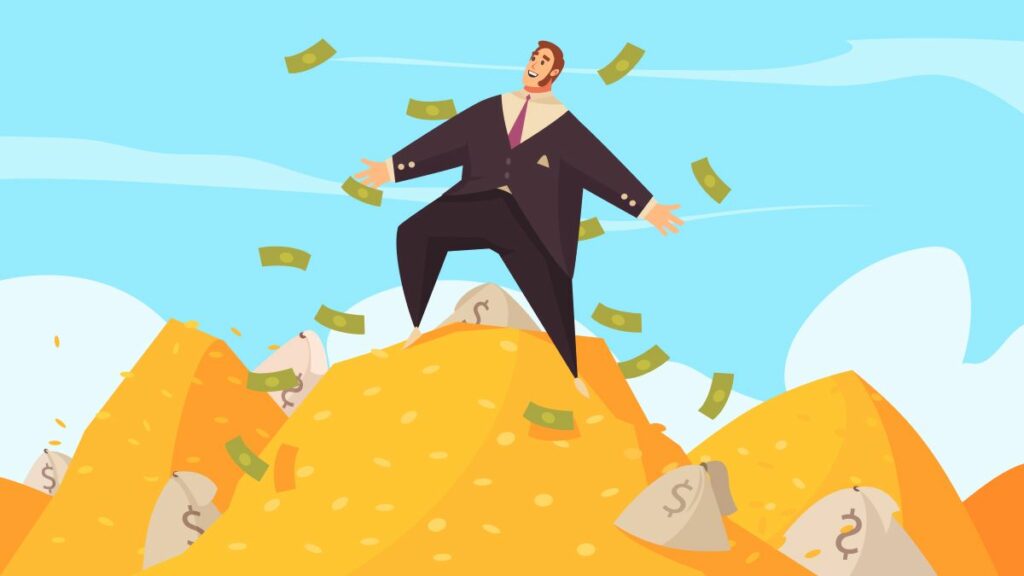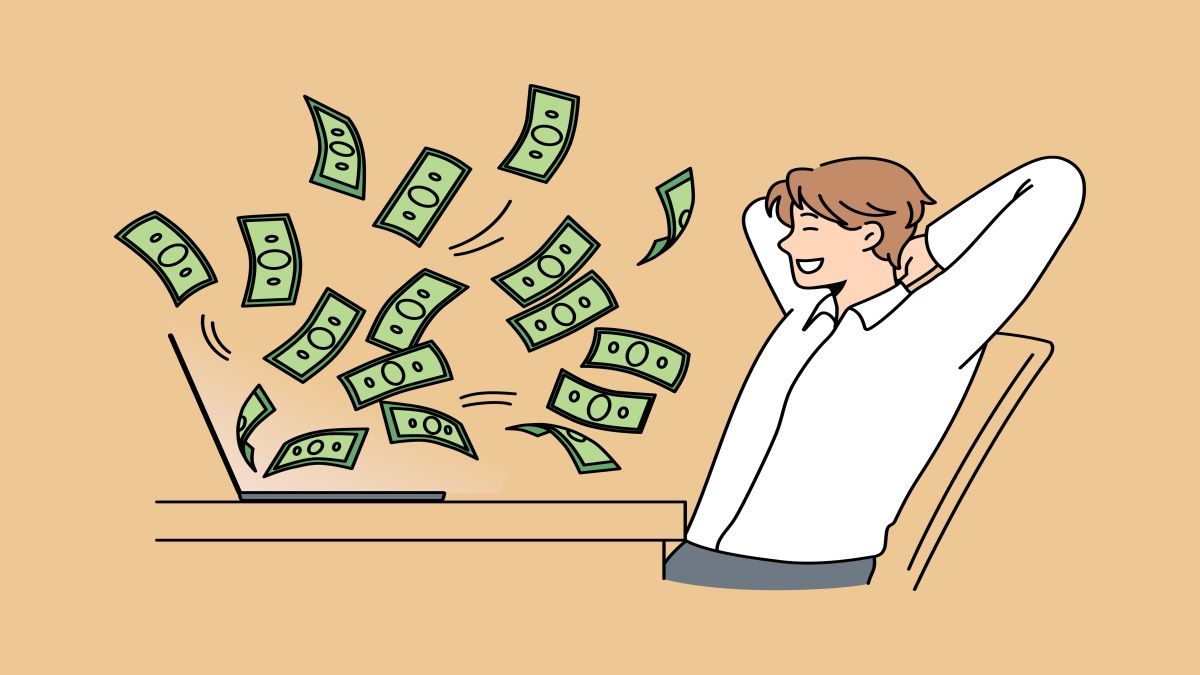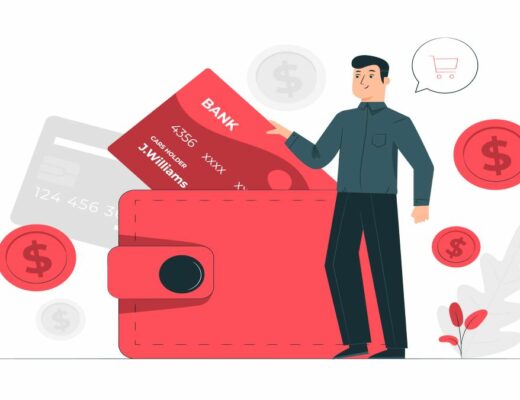Money has been a crucial part of humankind. The history of money is entwined in politics, religion, family, and everything else on this planet, all those things that we should not or must not talk about! After all, money is at the heart of all these themes that rule our lives, directly or indirectly. To understand this, we should start from the beginning.
- Genuinely speaking, the origin of money mirrors the origins of humans.
- Each evolution of humankind makes a revolution in value and monetary exchange.
- Hence, it is vital to reflect on the past to comprehend the present and predict the future.
Money has changed dramatically since the days of shells and skins, but its primary function has not. In whatever form, money serves as a medium of exchange for goods and services, helping the economy thrive by allowing transactions to be completed faster.
Awareness about money, its concept, and everything else makes a comeback.
- Earlier, the global citizenry left this subject to governments, economists, and banks.
- It was a setup that proved to be a disaster in the end.
- All financial crises lead to the same debate about money, where it comes from, and where it should go.
Money is what keeps the world turning. Economists describe money, including where it comes from and how much it is worth. In economies, capital is traded for commodities and services. Here are some of the various aspects of money.
In the end, money is determined by people and what they do. When anything is used as a means of trade, it becomes money. Basketballs would be money if accepted as payment for most goods and services. This blog will look at how changes in people’s spending habits have created new types of funds and affected how capital is measured in recent decades.
1. Money as the Medium of Exchange

People pick something to serve as a medium of exchange to facilitate these exchanges—they choose something known as money.
A barter transaction is one in which products are directly exchanged for others. Buyers must seek out products that particular sellers would accept since no single object serves as a medium of exchange.
A buyer may come across a merchant prepared to trade two hens for a pair of shoes. Another merchant could be willing to exchange a haircut for a garden hose.
Human societies, like federal convicts, invariably adopt something as a method of exchange. Consider a world without grocery stores; instead, you’d have to load up a truckload of items that the grocer would accept in exchange for groceries. The complexity—and cost—of going to the grocery store in a barter economy would be so great that there would most likely be no grocery stores.
Knowing about money and understanding can change your life. It might now automatically make your student loans disappear. Still, you can certainly feel that the knowledge that cancelling student debt would be the right thing for our economy.
2. Money as the Unit of Account

Money is a unit of account used to measure the value of things consistently. The monetary worth of an item or service is represented as what another person is likely to have to pay for it. Money is used in this way since it is also a medium of trade.
Investment is not the study of finance. It’s how people behave with money. Also, behaviour cannot be taught, even to the most intelligent people on this planet.
You can’t sum up behaviour with spreadsheet models to follow or formulas to learn. Behaviour is innate and changes from person to person. It is immeasurable, but it does change over time.
It is commonplace in the United States to hear someone say they spent $15 for a pizza or $75 for radio, rather than “I paid five pizzas for this radio.”
There are two reasons why we do not mention the prices of pizzas and radios in Radio Shack locations. Money has three tasks, the first being to act as a store of value or an item that retains its worth over time. Consider a $20 note you inadvertently left in your coat pocket a year ago. That small piece of paper has effectively “stored” value. You’ll be happy when you locate it since you know the bill still has worth.
When you borrow money, you often sign a contract promising to make future payments to satisfy the obligation. Money will be used to make these payments since it serves as a store of value. Houses, business buildings, land, artwork, and other commodities store wealth and importance
3. What are the Functions of Money

Money has three tasks, the first being to act as a store of value or an item that retains its worth over time. Consider a $20 note you inadvertently left in your coat pocket a year ago. That small piece of paper has effectively “stored” value. You’ll be happy when you locate it since you know the bill still has worth.
When you borrow money, you often sign a contract promising to make future payments to satisfy the obligation.
- Money will be used to make these payments since it serves as a store of value.
- Houses, business buildings, land, artwork, and other commodities store wealth and importance.
- Money differs from these different forms of the store of value in that it is easily exchangeable for other goods.
People may not want to rely on money as a store of value during periods of fast inflation and instead may resort to commodities such as land or gold.
When you love your family, you have that urge to get rich and give them everything, your time, all the luxuries, and the opportunities that only money can buy. Money can help your family in living its dreams. Hence, it would help if you found a way to be more effective and efficient with your time.
Therefore, rather than using your family as an excuse, you should learn to use them as your primary motivation to start earning more.
4. What are the Types of Money?

Money is a basic necessity to live life. Most people want to make more money, thinking it will help them. However, how making more money will transform your life for the better remains.
Regardless, money alone cannot bring you peace and happiness. It only comes to people ready to commit and work hard in life.
Commodity money is money that has monetary worth in addition to its economic value.
- Gold and silver are the most extensively used commodity currencies.
- They have price aside from their usage as money since they may be used as jewellery and for various industrial and therapeutic reasons.
- In the early seventh century B.C., the Greek city-state of Lydia used gold and silver coinage for the first time.
Fiat money is money mandated by some authority. Usually, a government is recognised as a trade means.
The currency used in the United States today—paper money and coins—is fiat money; it has no value other than its use as money. That message is printed on each one.
Learning about money is vital in today’s dynamic environment. It makes you understand that your money problems are not your fault — the system is rigged and ridiculous. However, you should not worry too much about being “bad with money.”
However, one cannot deny that wealth gives you much better access to preventive medicine, world-class healthcare, and alternative treatments, anything, to be honest.
5. Measuring the Money Supply

What should the money supply include?
The money supply is the total amount of money in the economy at any one time. Economists track the money supply because it has an impact on economic activity. We aim to include in the money supply items that act as mediums of trade. However, the products that serve this purpose have changed over time.
Currency is an excellent medium of trade, but it does not give people any interest returns. (Before 1980, checking accounts did not earn interest.) Before 1980, the primary money supply was calculated by adding the total amount of cash in circulation, traveller’s checks, and checkable deposits.
This type of money comprises all actual coin and currency denominations; demand deposits, which include checking accounts and Negotiable Offer of Withdrawal accounts; and travellers’ checks.
This is the narrowest of the three money categories and is simply the money used to buy items and make payments.
This group uses broader criteria to include all money in M1 and all time-related deposits, savings account deposits and non-institutional money market funds.
This category includes money that can be easily converted into cash.
The most significant definition of money, M3, includes all money in the M2 report, substantial time deposits, institutional money market funds, short-term repurchase agreements, and other more extensive liquid assets.
People have sought and created methods to retain their financial assets in ways that yield interest and can readily be converted to money throughout the previous several decades, mainly due to high-interest rates and rising inflation in the late 1970s.
For example, you may now use an automated teller machine (ATM) to transfer money from your savings account to your checking account and then withdraw cash from your checking account. As a result, many different forms of savings accounts may be changed into money.
Conclusion

Which of the many operational definitions of money should we use? Economists usually respond by posing another question: Which measure of money most closely connects to actual GDP and the price level? As a result, the definition of money must evolve.
The Fed judged in 1980 that changes in how individuals managed their money rendered M1 ineffective for policy decisions. The Fed pays little attention to M2 and has virtually abandoned tracking a specific gauge of the money supply. The question of what to quantify as money is still being researched and debated.
- Money is a means of exchange; it enables individuals to get the necessities of life.
- Before the advent of money, people exchanged goods for goods via bartering.
- Like gold and other precious metals, money has value because it reflects something most people appreciate.
- Fiat money is a government-issued currency not backed by a physical product but rather by the issuing government’s stability.
- Most importantly, money is a unit of account – a socially accepted standard for pricing things.




 Our users have reported an average of $5K+ positive impact on their personal finances
Our users have reported an average of $5K+ positive impact on their personal finances
